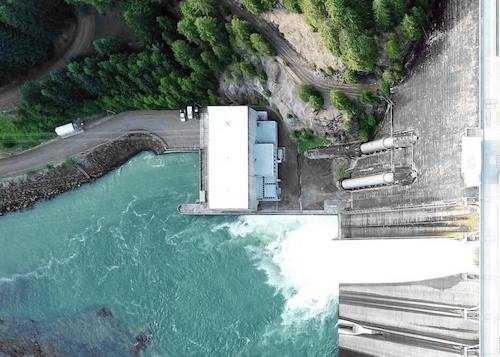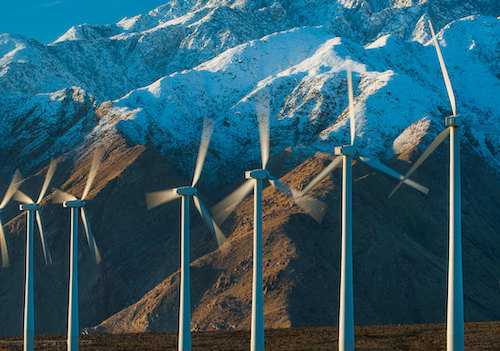Frequently Asked Questions
| FAQ 3.1 Is it possible to stabilize warming without net negative CO2 and GHG emissions? | Download |
| FAQ 3.2 How can net zero emissions be achieved and what are the implications of net zero emissions for the climate? | Download |
| FAQ 3.3 How plausible are high emissions scenarios, and how do they inform policy? | Download |
| FAQ 4.1 What is to be done over and above countries existing pledges under the Paris Agreement to keep global warming well below 2C? | Download |
| FAQ 4.2 Option 1: What is to be done in the near-term to accelerate mitigation and shift development pathways? | Download |
| FAQ 4.3 Is it possible to accelerate mitigation in the near-term while there are so many other development priorities? (education, health, employment, etc.) | Download |
| FAQ 7.1 Why is the Agriculture, Forestry and Other Land Uses (AFOLU) sector unique when considering GHG mitigation? | Download |
| FAQ 7.2 What AFOLU measures have the greatest economic mitigation potential? | Download |
| FAQ 7.3 7.3 What are potential impacts of large-scale establishment of dedicated bioenergy plantations and crops and why is it so controversial? | Download |
| FAQ 8.1 Why are urban areas important to global climate change mitigation? | Download |
| FAQ 8.2 What are the most impactful options cities can take to mitigate urban emissions, and how can these be best implemented? | Download |
| FAQ 8.3 How do we estimate global emissions from cities, and how reliable are the estimates? | Download |
| FAQ 10.1 How important is electro-mobility in decarbonising transport and are there major constraints in battery minerals? | Download |
| FAQ 10.2 How hard is it to decarbonise heavy vehicles in transport like long haul trucks, ships and planes? | Download |
| FAQ 10.3 How can governments, communities and individuals reduce demand and be more efficient in consuming transport energy? | Download |
| FAQ 12.1 How could new technologies to remove carbon dioxide from the atmosphere contribute to climate change mitigation? | Download |
| FAQ 12.2 Why is it important to assess mitigation measures from a systemic perspective, rather than only looking at their potential to reduce Greenhouse Gas (GHG) emissions? | Download |
| FAQ 12.3 Why do we need a food systems approach for assessing GHG emissions and mitigation opportunities from food systems? | Download |
| FAQ 14.1 Is international cooperation working? | Download |
| FAQ 14.2 What is the future role of international cooperation in the context of the Paris Agreement? | Download |
| FAQ 14.3 Are there any important gaps in international cooperation, which will need to be filled in order for countries to achieve the objectives of the Paris Agreement, such as holding temperature increase to ‘well below 2°C’ and pursuing efforts towards ‘1.5°C’ above pre- 35 industrial levels? | Download |
| FAQ 15.1 What’s the role of climate finance and the finance sector for a transformation towards a sustainable future? | Download |
| FAQ 15.2 What’s the current status of global climate finance and the alignment of global financial flows with the Paris Agreement? | Download |
| FAQ 15.3 What defines a financing gap, and where are the critically identified gaps? | Download |
| FAQ 16.1 Will innovation and technological changes be enough to meet the Paris Agreement objectives? | Download |
| FAQ 16.2 What can be done to promote innovation for climate change and the widespread diffusion of low-emission and climate-resilient technology? | Download |
| FAQ 16.3 What is the role of international technology cooperation in addressing climate change? | Download |
| FAQ 17.1 Will decarbonisation efforts slow or accelerate sustainable development transitions? | Download |
| FAQ 17.2 What role do considerations of justice and inclusivity play in the transition towards sustainable development? | Download |
| FAQ 17.3 How critical are the roles of institutions in accelerating the transition and what can governance enable? | Download |


